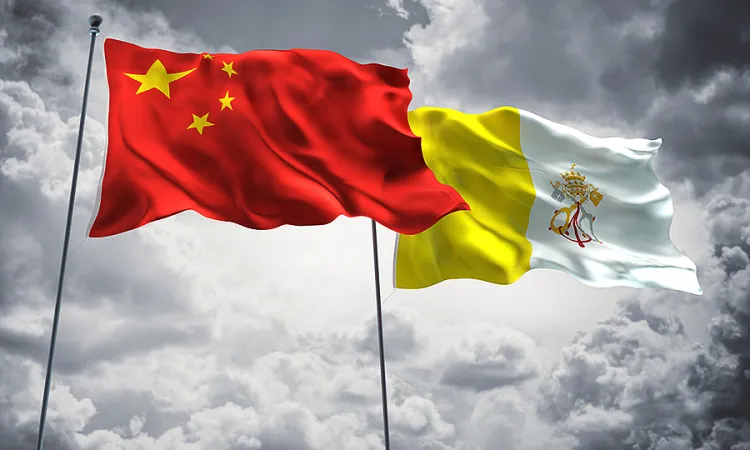Dec 18, 2016
The latest meeting of Pope Francis' "Council of Cardinals" has just ended and, according to Vatican spokesperson Greg Burke, "missionary impulse" was one of two guiding principles for the reform of the Curia.
The "missionary impulse" has underlined the papacy of Francis even before he was elected to the See of Peter. In the speech that the then Cardinal Bergoglio gave in the pre-conclave General Congregations of Cardinals, he stated his vision of the Church as the one "which evangelizes and comes out of herself" with the very specific mission to go to the "existential peripheries" and gain life "from the sweet and comforting joy of evangelizing."
The year 2016 will close with significant development in the relationship between the Holy See and the world's largest nation, China. With a population of close to 1.4 billion – one fifth of the world's population – it looms high on the list of Pope Francis' priorities. The stance of the Holy See is to move prudently and thoughtfully towards normal relations with China. As for China, a Foreign Ministry spokeswoman stated in October that the nation is "sincere" in its efforts to improve bilateral ties with the Vatican, speaking of "effective channels for constructive dialogue."
This past year has seen dialogue on the official level with a Vatican delegation visiting Beijing and meeting high ranking officials of the State run "Chinese Catholic Patriotic Association" and Chinese Catholic Bishops' Conference. The key point of the dialogue is to reach an accord on the thorny issue of who appoints Bishops – the Supreme Pontiff or Beijing.


